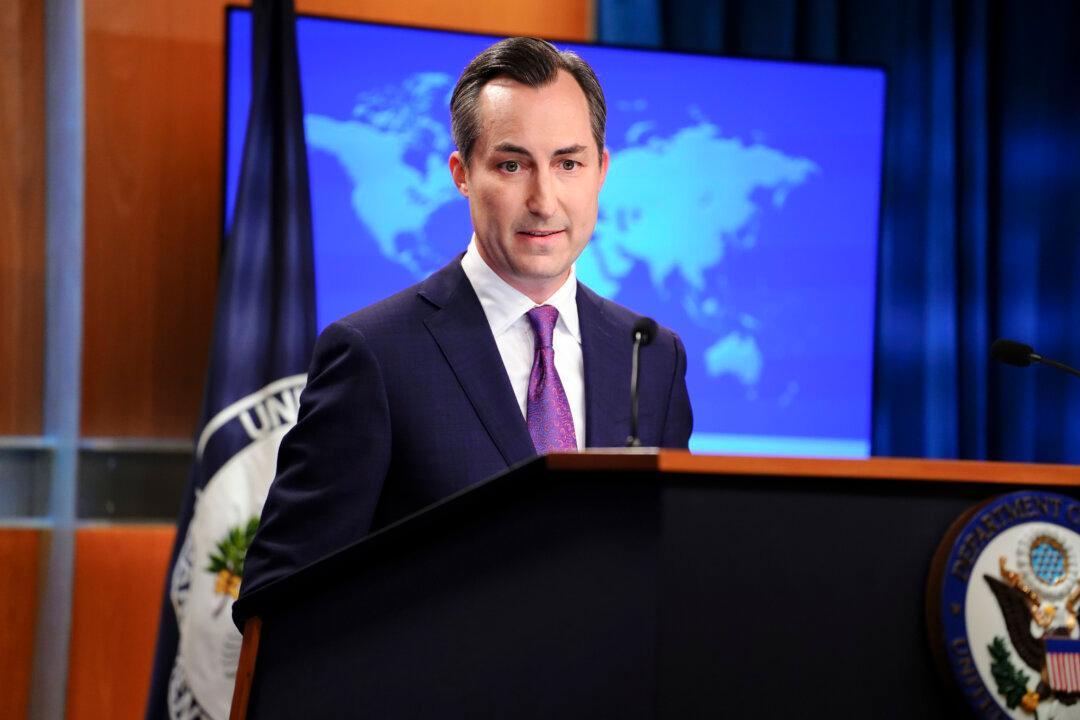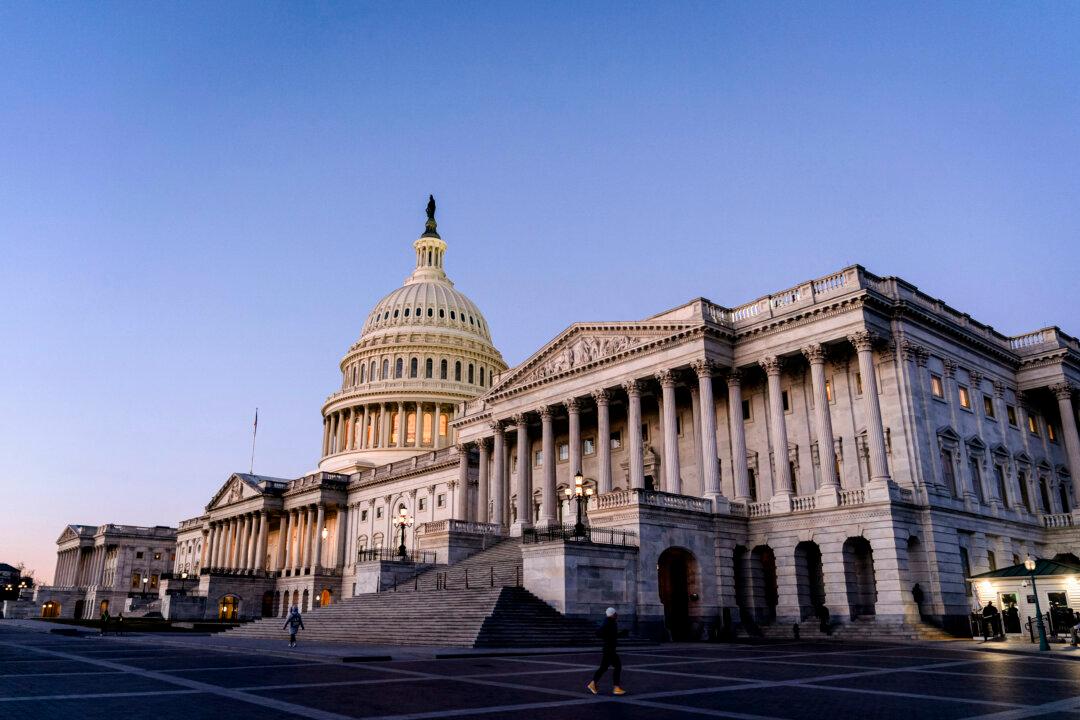The first coronavirus (COVID-19) patient in China did not have contact with a wild animal and seafood market in Wuhan City where the outbreak is thought to have originated, the BBC reported on Feb. 18.
The unidentified man, known as “patient zero,” was a pensioner in his 70s who was bedridden from a stroke and suffered from dementia. He fell ill on Dec. 1, 2019—one week earlier than what was reported by Wuhan health authorities, who said the first patient appeared on Dec. 8.





